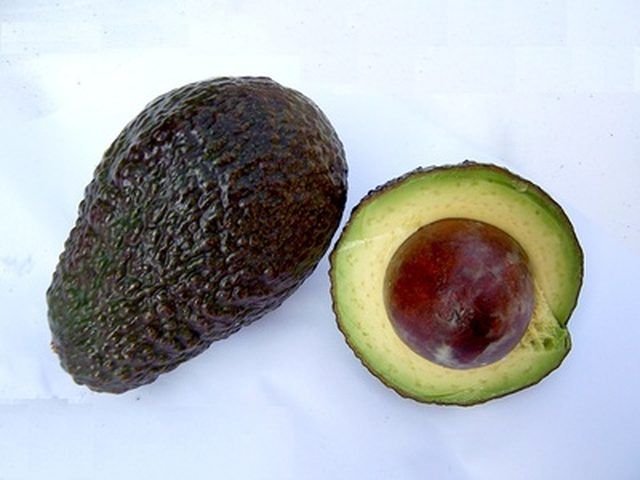Bulbs
Flower Basics
Flower Beds & Specialty Gardens
Flower Garden
Garden Furniture
Garden Gnomes
Garden Seeds
Garden Sheds
Garden Statues
Garden Tools & Supplies
Gardening Basics
Green & Organic
Groundcovers & Vines
Growing Annuals
Growing Basil
Growing Beans
Growing Berries
Growing Blueberries
Growing Cactus
Growing Corn
Growing Cotton
Growing Edibles
Growing Flowers
Growing Garlic
Growing Grapes
Growing Grass
Growing Herbs
Growing Jasmine
Growing Mint
Growing Mushrooms
Orchids
Growing Peanuts
Growing Perennials
Growing Plants
Growing Rosemary
Growing Roses
Growing Strawberries
Growing Sunflowers
Growing Thyme
Growing Tomatoes
Growing Tulips
Growing Vegetables
Herb Basics
Herb Garden
Indoor Growing
Landscaping Basics
Landscaping Patios
Landscaping Plants
Landscaping Shrubs
Landscaping Trees
Landscaping Walks & Pathways
Lawn Basics
Lawn Maintenance
Lawn Mowers
Lawn Ornaments
Lawn Planting
Lawn Tools
Outdoor Growing
Overall Landscape Planning
Pests, Weeds & Problems
Plant Basics
Rock Garden
Rose Garden
Shrubs
Soil
Specialty Gardens
Trees
Vegetable Garden
Yard Maintenance
The Growing Season for Avocados
The Growing Season for Avocados. Also known as the alligator pear, the avocado enjoys widespread popularity as a cultivated fruit in tropical areas and in warm regions of the United States. This rich, creamy fruit contains high levels of monounsaturated fat. According to California Rare Fruit Growers, the olive is the only fruit which contains a...

Also known as the alligator pear, the avocado enjoys widespread popularity as a cultivated fruit in tropical areas and in warm regions of the United States. This rich, creamy fruit contains high levels of monounsaturated fat. According to California Rare Fruit Growers, the olive is the only fruit which contains a higher level of oil. Mexican food enthusiasts add avocado to dishes, and children grow plants from the fruit's large single seed.
History
Growers began cultivating avocados in Mexico and Central and South America before the first Europeans arrived on the American continent. In 1871, the avocado was introduced in California; the state now produces up to 95 percent of the avocados grown in the United States. The University of Illinois states that the 'Haas' cultivar, now 85 percent of California's avocado crop, received its patent in 1935.
Types
According to the University of Hawaii Extension, avocados descend from three "races": Mexican, Guatemalan and West Indian. Mexican and Guatemalan races will tolerate brief periods of subfreezing temperatures; West Indian avocados require a warm climate with temperatures remaining above freezing. The popular 'Haas' cultivar descends from the Guatemalan race. Avocado trees produce two types of flowers: type A flowers receive pollen in the morning and shed pollen in the afternoon, while type B flowers undergo an opposite cycle.
Features
Fruit will appear on a grafted avocado plant within 1 to 2 years, while seedlings bear fruit after 8 to 20 years. Avocado trees bloom from January to March; each cluster of 200 to 300 yellow-green flowers produces only two or three fruits. California Rare Fruit Growers, Inc. states that for a successful growing season, an orchard requires cross-pollination between type A and type B flowers. An avocado fruit matures within 5 to 15 weeks, depending on the variety, and will ripen approximately 1 week after harvest.
Considerations
A mature avocado will change skin color but remain hard. Harvesting too early or too late can damage the fruit; to prevent blackening from cold damage, harvest before the first frost. Due to the small number of blossoms which produce fruit, and the long time required for fruit to mature, an avocado orchard can require 2 years to recover from an extended cold spell. Mexican avocados tolerate brief cold spells better than other types.
Benefits
Producers can leave avocados on a tree for an extended period because the fruit ripens after harvest. Commercial producers have plenty of time to harvest their crop, and consumers enjoy a long avocado season at the supermarket. The University of Hawaii notes that in Mexico, the prime season for 'Haas' avocados runs from October to May, with harvests all year.